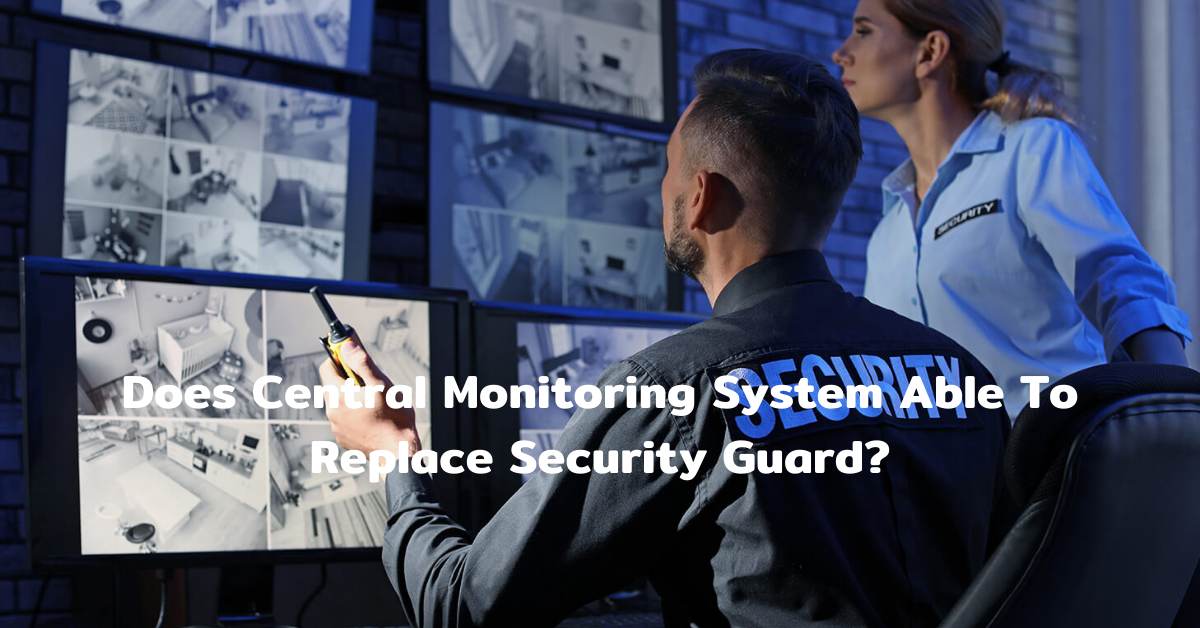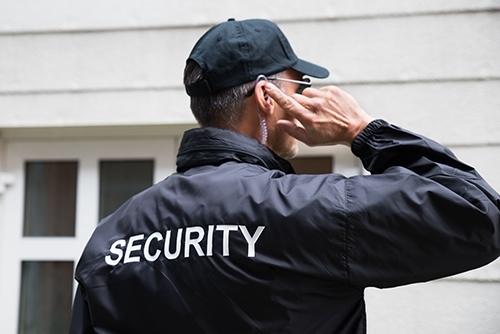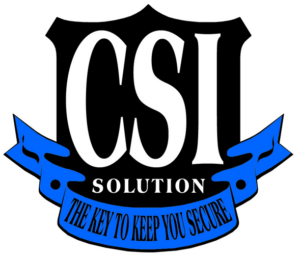What is a Central Monitoring system?
A central station alarm monitoring center, also known as an alarm monitoring center or wholesale alarm station, provides watchful services to a variety of industries in order to manage devices and respond to critical even
Know More About Central Monitoring System
Advantages of Central Monitoring System
1. Crime deterrence
Most criminals may change their minds after seeing security cameras protecting the place of their planned criminal activities as they do not want to be caught committing such crimes on tape for fear of getting jailed.
2. Increased safety
more to prevention, before the thief break-in, can prevent by noticing customer, alarm and help call polis
3. Remote monitoring
Even if you’re away from your cameras, you’ll still be able to keep an eye on your office or house through a camera to check if everything is alright. Moreover if the camera broken, CSI there will know, so can do action.
4. Cost-Effective
Once you purchase and set up your Central Monitoring System, it doesn’t need much maintenance and requires very little reparations. If you take care of your cameras, they can last for years, making them a long term solution.
Additionally, you can save huge amount of money from hiring a security guard per year
Central Monitoring system Disadvantages
Privacy issues
Some people may object to being filmed 24/7 and it may damage the trust you have between family members or employees as they feel that you don’t trust them at all.
Security Guards
Disadvantages of Security Guards
These is the function of Our System: AI (Perimeter Protection, if the thief appear in the line set, will trigger central system) >>>> Central system >>> CSI staff >>> Ring alarm >>> if thief no run away>>> call polis
How We Prevent Crime with AI Technology
- We are using AI technology in our video monitoring system to prevent crime happens.
- We provide 24 hours of monitoring service on your camera.
- When the burglar enters your parameter, then our ai technology will immediately detect and alert our officer.
- Then, we will trigger the alarm at your side to give a warning to the burglar, we can even talk to the burglar.
- Next, we will call the police and notify you.
Over the years, we have embarked to be the best provider of security and surveillance systems for many homeowners and retailers here in Malaysia. All businesses, regardless of size, warrant our full attention and service. We know our clients definitely need to pay extra attention to such intricate security details at their workplace.
We are one of the leading home security providers in Johor Bahru, Malaysia empowers us to have the experience and true understanding of how security, particularly remote surveillance and access control security, is of uttermost value to any business.
2,765 total views







/GettyImages-964033964-ca3290057ccc4024b57e755423572264.jpg)




